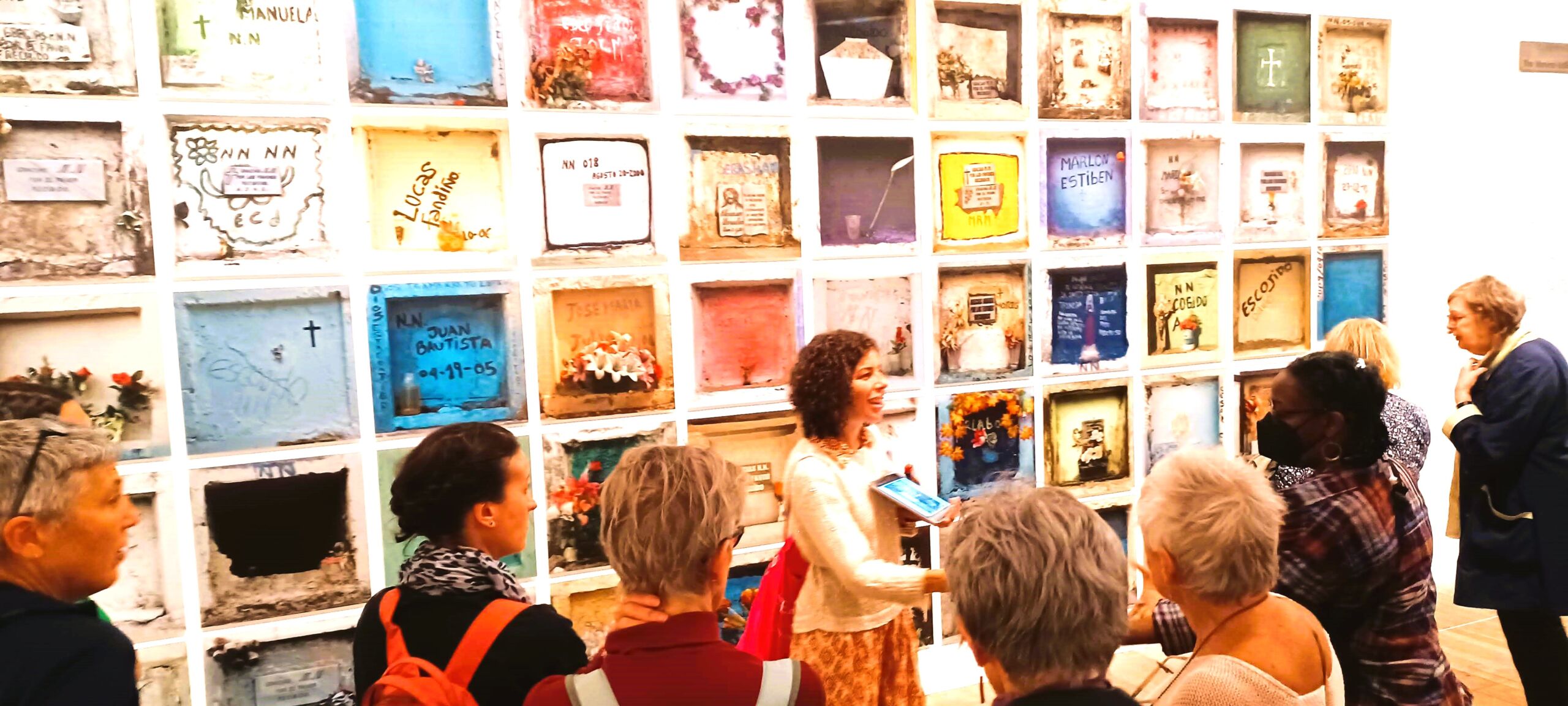Last Saturday we spent a lovely afternoon at Tate Modern with some of our students, discovering the artwork of possibly the most significant contemporary Latin American artists of the last few decades.
We were touched by some incredibly poignant works by Mexican artist Teresa Margolles, Colombian Doris Salcedo, and Colombian writer and artist Juan Manuel Echavarria.
It was amusing to discover Marta Minujin’s playful work, and how she changed the Argentinian art scene of the 60s and the way art was perceived by audiences.
Against the background of works by major artists such as Leon Ferrari or David Alfaro Siqueiros, to that of lesser-known ones like Guatemalan Antonio Pichilla Quiacain, we discussed how art can act as a stirring denouncement of social injustices, or as a loudspeaker condemning Latin America’s burning issues.
More than giving answers, art poses questions. And that is what we did. All whilst informally chatting in Spanish, we asked ourselves who decides what good art means, we discussed how the cannon continually changes, and we wondered whether art can be an effective tool to fight against social issues.
Every individual sees things differently. Therefore, rather than learning only facts about the works, discussing them together as a group is a unique opportunity to discover them in various ways, with different eyes. In these visits we deliberately refrain from reading the panels or learning the facts before we have a chat about how the work makes everyone feel, to avoid having a conditioned opinion.
Art is subjective, there is no right or wrong. That is why all opinions are welcome and valuable, the more diverse the better.

